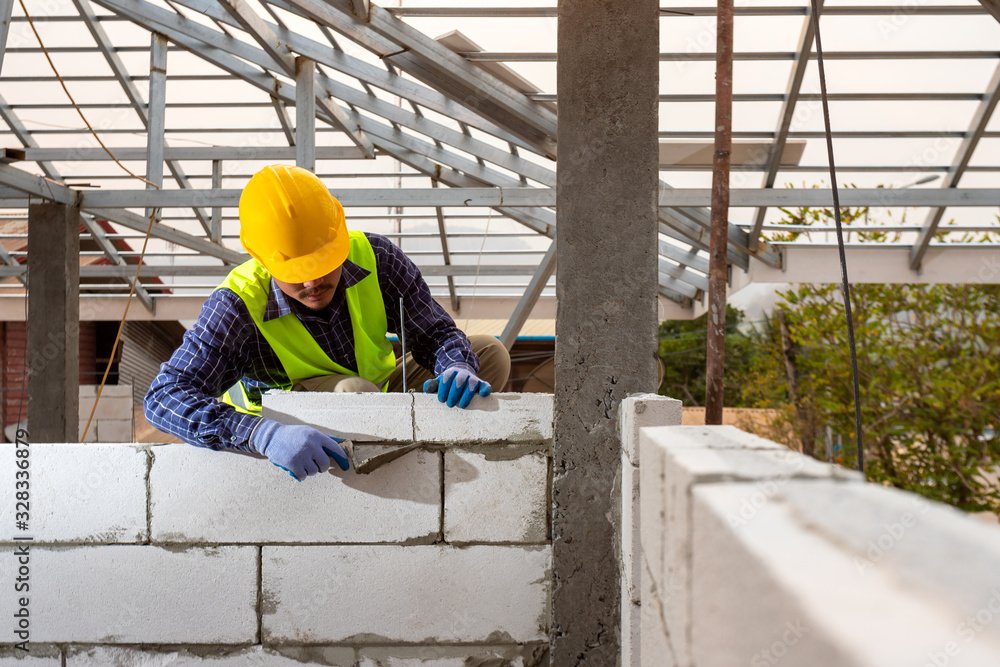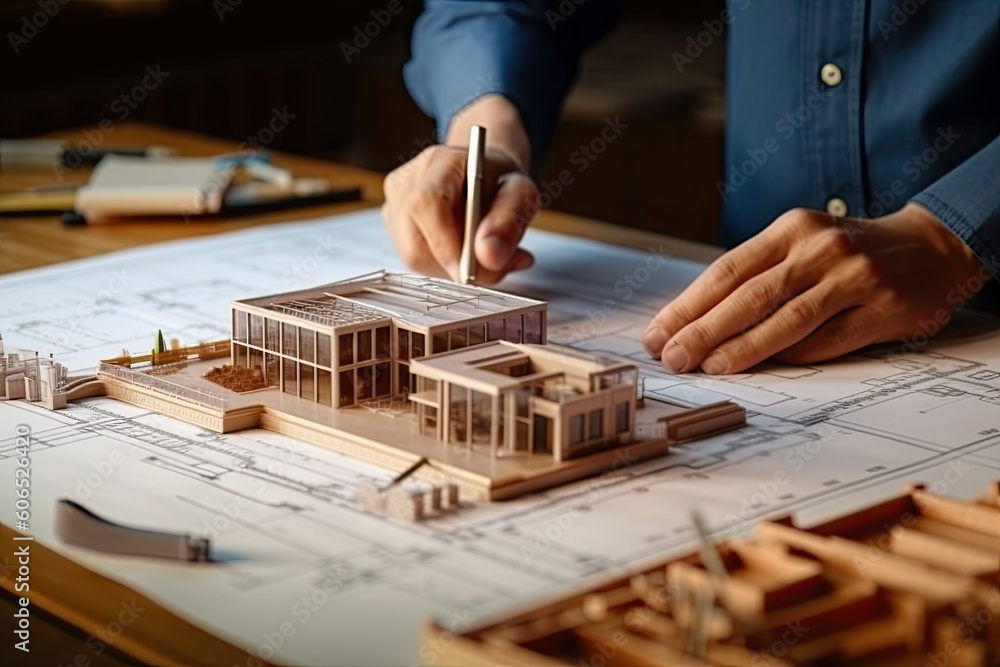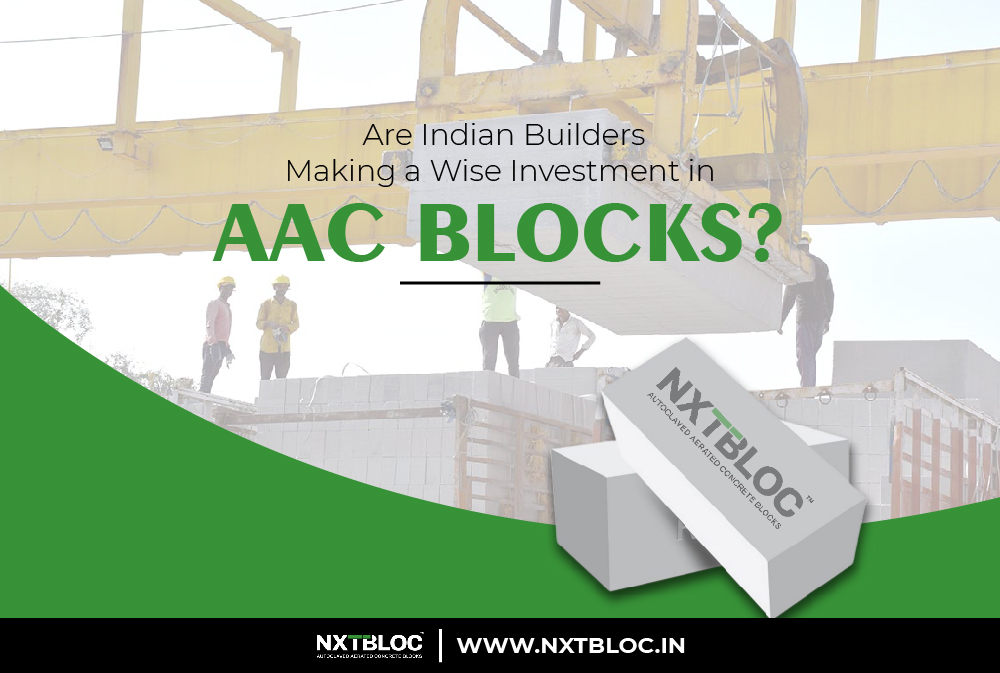Primarily for Indian builders, the choice of building materials can have a considerable impact on a project’s long-term viability and operational costs in the construction sector. In recent years, Autoclaved Aerated Concrete (AAC) blocks have gained popularity in India’s construction industry.
This article delves into the cost-efficiency of AAC blocks and evaluates whether they are a worthy investment for Indian builders.
Table of Contents
Understanding AAC Blocks
AAC blocks are a unique building material known for their cellular structure, lightweight nature, and excellent thermal insulation properties. Before diving into their cost-efficiency, let’s first gain a deeper understanding of AAC blocks.
Composition and Manufacturing Process
AAC blocks are primarily composed of sand, cement, lime, and aluminium powder. The manufacturing process involves aerating the mixture with gas-forming agents, resulting in a lightweight, porous structure. This composition contributes to their insulation capabilities and reduced weight.

Advantages of AAC Blocks
1. Lightweight Nature
AAC blocks are remarkably lightweight, making them easier to handle during construction. This characteristic can translate into labour savings and reduced transportation costs for Indian builders and real-estate developers.
2. Thermal Insulation Properties
The cellular structure of AAC blocks provides exceptional thermal insulation, helping to maintain comfortable indoor temperatures. This, in turn, can contribute to energy savings.
3. Eco-Friendly Attributes
AAC blocks are environmentally friendly, using minimal raw materials and producing less waste during manufacturing. Their insulating properties also reduce energy consumption, further lowering their carbon footprint.
Initial Investment vs. Long-Term Savings
1. Comparing Initial Costs
One of the primary considerations for Indian builders is the initial cost of using AAC blocks compared to traditional building materials like red bricks or concrete blocks. AAC blocks tend to have a higher upfront cost per unit, but the overall project cost can be competitive due to various factors.

Operational and Maintenance Savings
1. Reduced Energy Consumption
AAC blocks’ thermal insulation reduces the need for artificial heating and cooling, resulting in lower operational energy expenses over the life of the building. This is especially significant in India’s diverse climate.
2. Lesser Maintenance Expenses
AAC blocks are durable and require less maintenance than traditional materials. Their resistance to environmental factors like moisture, pests, and corrosion ensures a longer lifespan, reducing maintenance costs.
Structural Strength and Durability
1. AAC Blocks’ Structural Integrity
AAC blocks provide exceptional structural strength despite being lightweight. They can bear substantial loads and offer structural stability, contributing to the longevity of a building.
2. Longevity and Resistance to Environmental Factors
AAC blocks are known for their durability and resistance to factors such as moisture, fire, and termites. This resilience ensures that buildings constructed with AAC blocks maintain their structural integrity over time, thus making it a preferred construction choice for Indian builders and developers.

Energy Efficiency and Sustainability
1. AAC Blocks’ Role in Energy-Efficient Buildings
The thermal insulation properties of AAC blocks play a pivotal role in creating energy-efficient buildings. They help regulate indoor temperatures, reducing the need for heating and cooling systems and, subsequently, energy consumption.
2. Environmental Benefits
AAC blocks’ eco-friendly attributes, including reduced resource usage and lower energy demand, align with sustainability goals. Indian builders who prioritize environmentally responsible construction find AAC blocks to be an appealing choice.
Versatility in Design
1. Creative Design Possibilities
AAC blocks offer Indian builders a versatile canvas for creative design. Their lightweight nature allows for innovative architectural elements, and their smooth surface can be easily finished to achieve desired aesthetics.
2. Space Optimization
Using AAC blocks in construction can optimize space by reducing wall thickness while maintaining structural integrity. This space efficiency can lead to a more functional and spacious interior.
AAC Block Projects for Indian Builders
1. Residential Buildings
Several residential projects in India have successfully utilized AAC blocks, showcasing their cost-efficiency and sustainability. These projects often report lower operational costs and increased comfort for residents.
2. Commercial Structures
In the commercial sector, AAC blocks have been employed in various developments, including office buildings, malls, and hotels. The cost savings in energy and maintenance have made them a preferred choice for Indian builders and developers.
3. Public Infrastructure
AAC blocks have found applications in public infrastructure projects such as schools, hospitals, and community centres. These projects demonstrate the versatility and long-term cost benefits of AAC blocks in public construction.

Potential Challenges and Mitigations
1. Initial Training and Skills
One challenge associated with AAC block construction is the need for specialized training and skills among construction workers. This initial investment in training is crucial to ensure proper installation.
2. Limited Availability of Skilled Labour
In some regions, skilled labour familiar with AAC block construction may be limited. Builders must work to establish a skilled workforce to maximize the benefits of AAC block usage.
3. Building Code Compliance
It is crucial to follow local building laws and regulations. Indian builders must ensure that AAC block construction meets all safety and quality standards, which may require additional planning and oversight.
Conclusion
In conclusion, AAC blocks offer a compelling case for cost-efficiency in Indian construction projects. While their initial cost may be slightly higher, the long-term savings in energy consumption, maintenance, and operational expenses make them a smart investment for Indian builders. Their structural strength, durability, energy efficiency, and versatility in design contribute to their appeal. By addressing challenges such as skilled labour and ensuring compliance with building codes, Indian builders can harness the full potential of AAC blocks in constructing sustainable and cost-efficient buildings. As the construction industry in India continues to evolve, AAC blocks manufactured by Bigbloc Construction Ltd. are poised to play a pivotal role in shaping the future of cost-effective and environmentally responsible construction practices.
